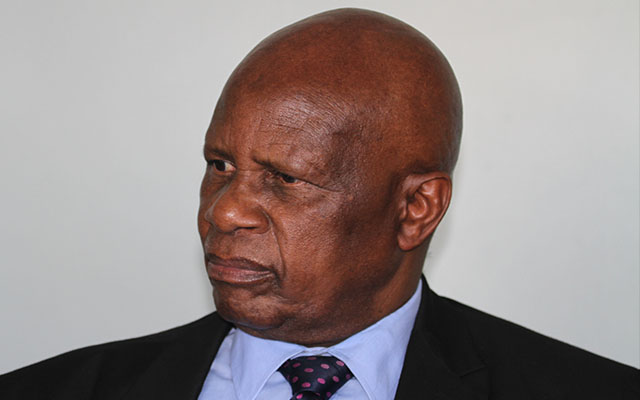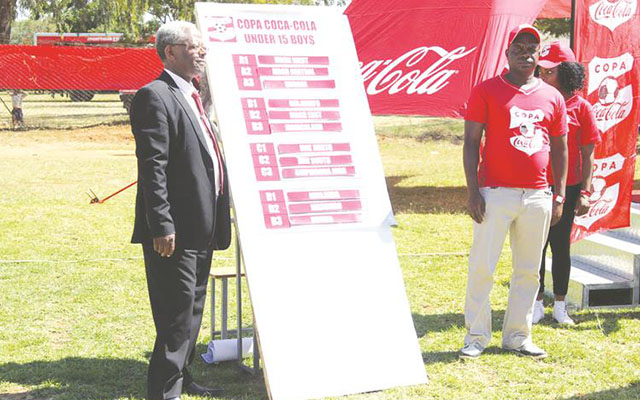$60m boost for cotton producers

Sydney Kawadza Senior Reporter
Government is mobilising $60 million to support 400 000 cotton growers under the Presidential Inputs Support Scheme, Finance and Economic Development Minister Patrick Chinamasa has said.
Cotton production, which was on the verge of collapse, increased by 286 percent in the previous season. Zimbabwe has potential to produce 600 000 tonnes of cotton per annum. Cotton farmers received inputs worth $42 million under the same scheme in the 2016-17 summer season.
“Government is mobilising resources to the tune of $60 million to fund the free Presidential Inputs Scheme to support 400 000 (households) cotton producers in the 2017 in the 2017-2018 agricultural season.
Also read:
“We want to push cotton production to previous levels,” Minister Chinamasa said. Government raised the $42 million through Agricultural Marketing Authority bills and cotton farmers were given seed, fertiliser and chemicals.
According to the 2016-17 final crop and livestock assessment report, the cotton sector has registered significant growth with farmers producing 127 million kilogrammes.
The farmers had produced 33 million kg last season. According to the statistics from the report, Midlands produced 53 239 million kg compared to 17 485 million kg last season.
Mashonaland Central produced 39 307 million kg, up from 5 535 million kg last season, while Manicaland managed 10 638 million kg, an increase from 2 371 million kg last season.
Farmers in Mashonaland West produced 7 853 million kg this year from 2 447 million kg last season. In Matabeleland North, farmers produced 4 858 million kg during the 2016-17 season, an increase from the 1 272 million kg last year.
Mashonaland East harvested 1 080 million kg, up from 750 000kg last season. The Presidential Inputs Support Scheme constituted the bulk of the support offered to cotton farmers during the previous season.
Most farmers in cotton growing areas had abandoned producing the crop after prices fell. Merchants had also reduced input packages citing side marketing by farmers and this further affected production.
The $42 million input subsidy availed by the Government had also renewed interest in cotton production from thousands of small scale farmers in major producing areas across the country.
About 350 000 households received frees inputs from the Government, enough to establish a minimum hectarage of two. The 30 000 tonnes of cotton produced in the 2015/2016 agricultural season was the lowest crop size in 24 years.
The sector had fallen from being one of global cotton’s top quality producers the sector falling to less than 10 percent of normal volumes.
Production, in the previous season has projected at least 100 000 tonnes with Government paying 47c/kg for the lowest grade, which is way above what other cotton producing countries in Africa are paying for the top grade.
Zimbabwe in the 2014/2015 season produced 104 000 tonnes a decline due to poor prices and a marketing regime that cotton growers feel favours merchants against farmers.
Cotton farmers have been urged to increase yields to at least 1 500 kg per hectare. In the SADC region cotton is produced in countries such as Namibia, Swaziland, Botswana, Malawi, Angola, Mozambique, Tanzania, the DRC, Zambia and Zimbabwe.
The cotton production value chain remains important in those Sadc countries with the agro-climatic potential to grow the crop. An estimated 863 000 smallholder households in Sadc are involved in the growing of cotton.
The region produce more than 320 000 tonnes of cotton annually with Zimbabwe producing the largest cotton with an average of 110 000 tonnes.
Other top cotton producers in the region include Tanzania with an average of 90 000 tonnes while countries such as Mozambique (29 000 tonnes) and Zambia at (28 000 tonnes).









Comments